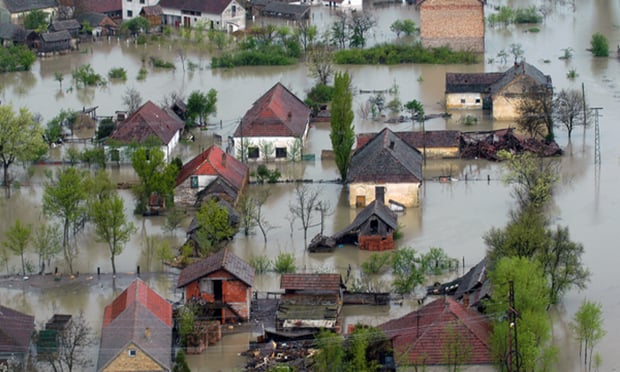
Flood risk is one of the most severe natural hazards in the United States, yet one of the least well-managed. Nearly all the risk is borne by one participant, the National Flood Insurance Program (NFIP), administered by the Federal Emergency Management Agency (FEMA), an entity that doesn't have the power to diversify its risk. Rates charged for coverage fall short of covering the underwritten risk, pushing the NFIP debt upwards of $30 billion. However, it could be tackled more effectively with a more mature insurance market, to the benefit of both property owners and the insurance industry.
During more than 40 years of the NFIP, private insurers have mostly stayed on the sidelines of flood coverage, participating only in excess & surplus and supplemental flood coverage for commercial and high-value residential properties. Slowly but surely, however, the hurdles to private sector involvement have started to clear, by the combined efforts of the industry, FEMA and even private citizens.
The new flood reform bill, H.R. 2874, is a major step forward, amending the NFIP and drawing private insurers into the flood market. If this bill passes the Senate, consumers could see more choices and flexibility in purchasing insurance, with policies that better reflect their needs. For insurers and underwriters this is an opportunity to extend into a profitable new sector.
Recommended For You
Want to continue reading?
Become a Free PropertyCasualty360 Digital Reader
Your access to unlimited PropertyCasualty360 content isn’t changing.
Once you are an ALM digital member, you’ll receive:
- Breaking insurance news and analysis, on-site and via our newsletters and custom alerts
- Weekly Insurance Speak podcast featuring exclusive interviews with industry leaders
- Educational webcasts, white papers, and ebooks from industry thought leaders
- Critical converage of the employee benefits and financial advisory markets on our other ALM sites, BenefitsPRO and ThinkAdvisor
Already have an account? Sign In Now
© 2025 ALM Global, LLC, All Rights Reserved. Request academic re-use from www.copyright.com. All other uses, submit a request to [email protected]. For more information visit Asset & Logo Licensing.








